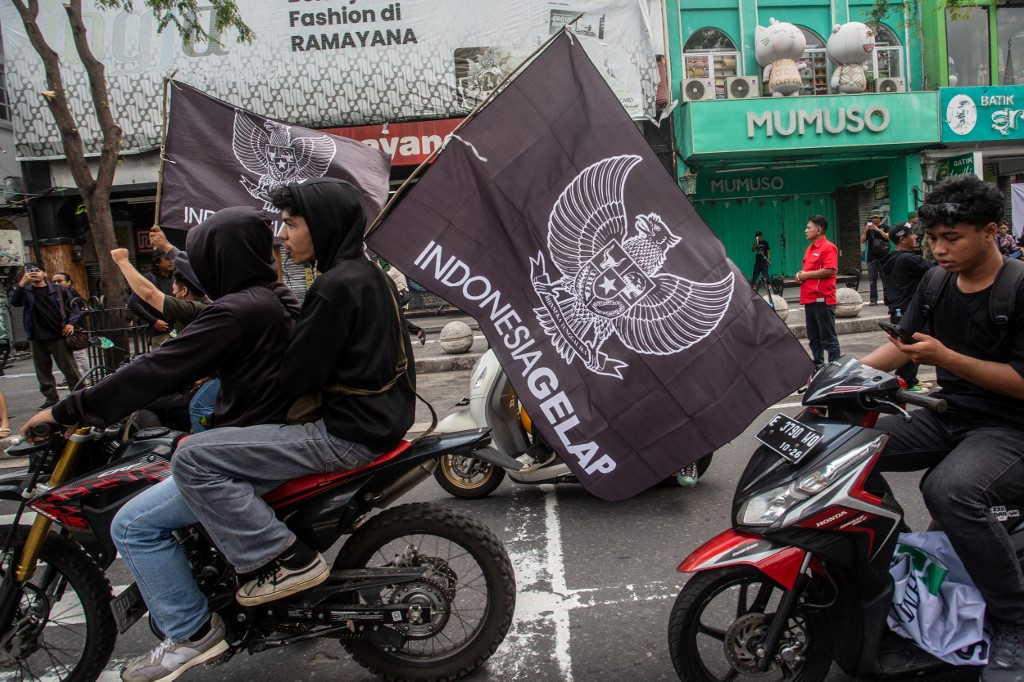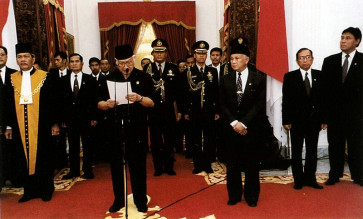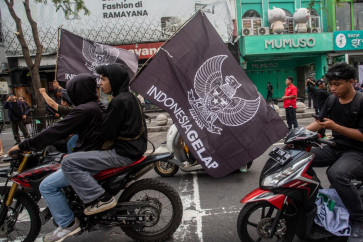Popular Reads
Top Results
Can't find what you're looking for?
View all search resultsPopular Reads
Top Results
Can't find what you're looking for?
View all search resultsHow democracies learn to goose-step
An electoral democracy can gradually drift toward dictatorship, step by step, until it reaches the point of no return.
Change text size
Gift Premium Articles
to Anyone
I
n January 1934, the New York Times published an essay by journalist Harold Callender on a new phenomenon sweeping Nazi Germany: Gleichschaltung. Literally translated as “coordination,” the term had acquired a far darker meaning, the systematic Nazification of German society. Callender’s piece would prove to be one of the era’s most prescient warnings about the collapse of democracy and rise of totalitarianism.
Democracy, which first emerged in fifth-century BCE Athens, Greece, marked a radical leap for humankind. In its modern form, with the Enlightenment as its handmaiden, it spread across continents, taking root in future powers like the United States in the 18th and 19th centuries, and in countries such as India, newly freed from the yoke of colonial rule, in the 20th. Yet despite its reach and resilience, democracy has always remained deeply fragile.
We often assume that the gravest threats to democracy are wars, coups or other dramatic crises. But as Callender’s essay reminds us, democratic breakdown does not require a sudden shock. An electoral democracy can gradually drift toward dictatorship, step by step, until it reaches the point of no return.
For Callender, the term Gleichschaltung captured the slow, insidious process of creeping authoritarianism. While the conventional English translation missed its darker implications, the French phrase mettre au pas, “to bring into line”, came much closer. Gleichschaltung, he wrote, was “the application, mentally and morally as well as physically, of the principle of the goose-step.” Recognizing this was essential to understanding what was happening in Hitler’s Germany.
By 1934, the “coordination” process was already far along. First came the erosion of regional autonomy, as Germany’s Länder (federal states) were stripped of sovereignty and placed under Nazi control. Then came the silencing of opposition and dissent.
Before long, Gleichschaltung spread into the German intellectual sphere, permeating universities and research centers. Callender recounts how easily the Nazis imposed uniformity on cultural institutions, discarding much of modern art as “degenerate”, but hesitated when it came to bringing science under their program of ideological unification. After all, could there really be a “German” or “Aryan” mathematics? Ultimately, a group of servile mathematicians at the University of Berlin convinced themselves that such a thing could, in fact, exist.
The stage was thus set for the German tragedy that followed. Callender concluded his essay by noting that while Gleichschaltung, like other forms of mysticism, may remain incomprehensible to non-believers, it helps explain many of the regime’s “most puzzling” behaviors.
Your Opinion Matters
Share your experiences, suggestions, and any issues you've encountered on The Jakarta Post. We're here to listen.
Thank you
Thank you for sharing your thoughts. We appreciate your feedback.



















